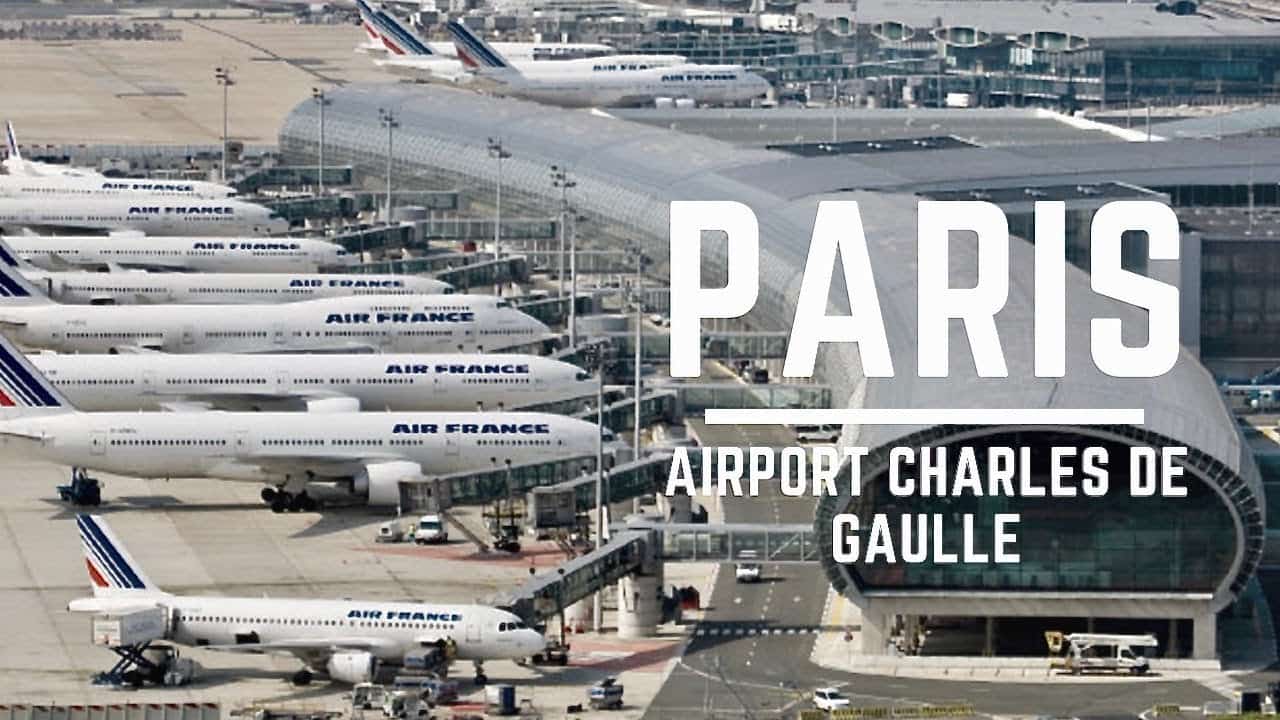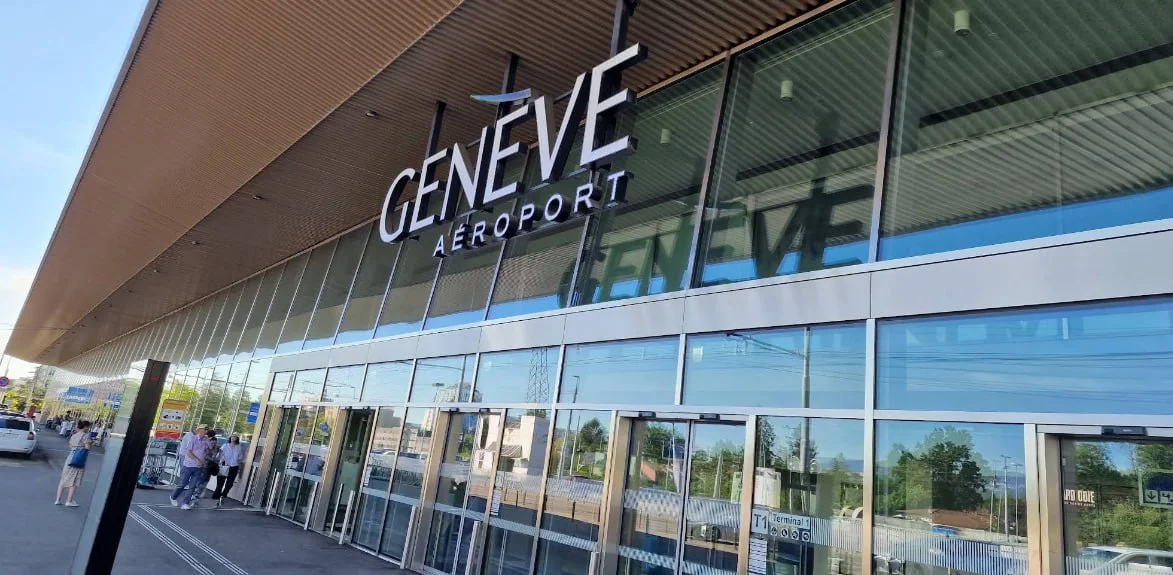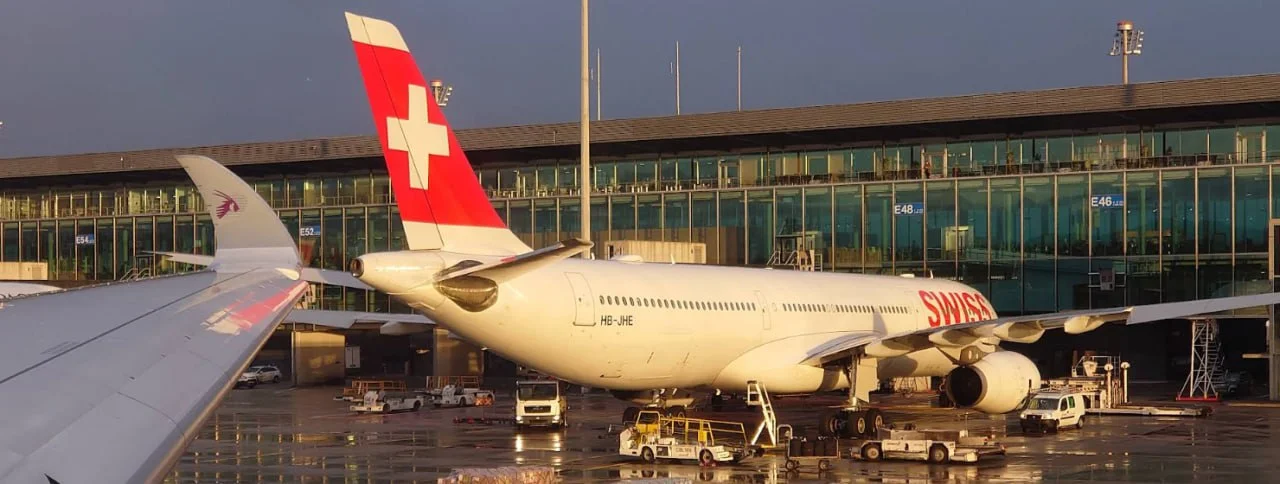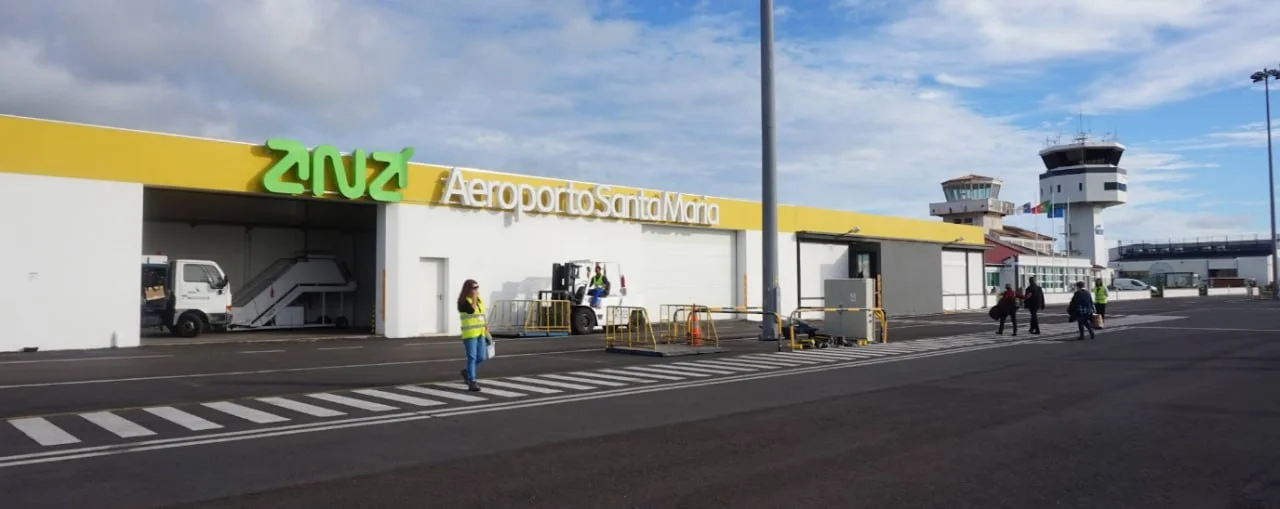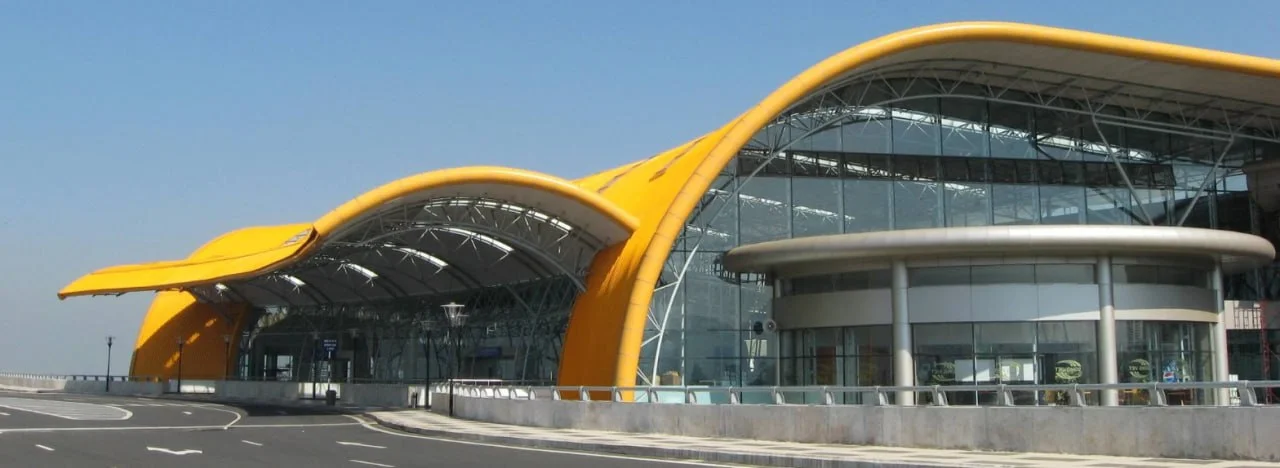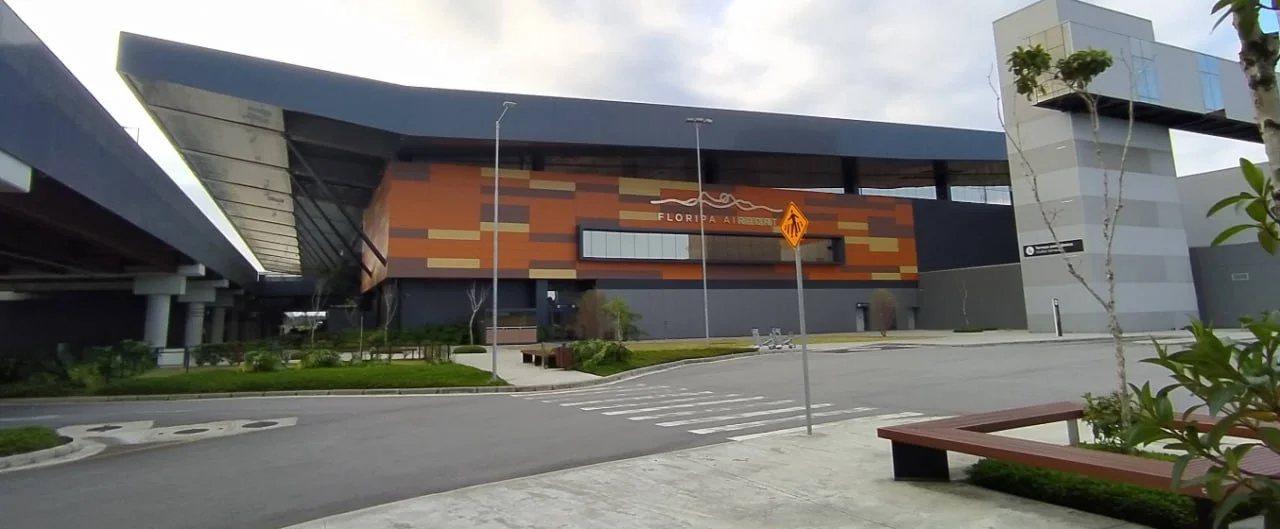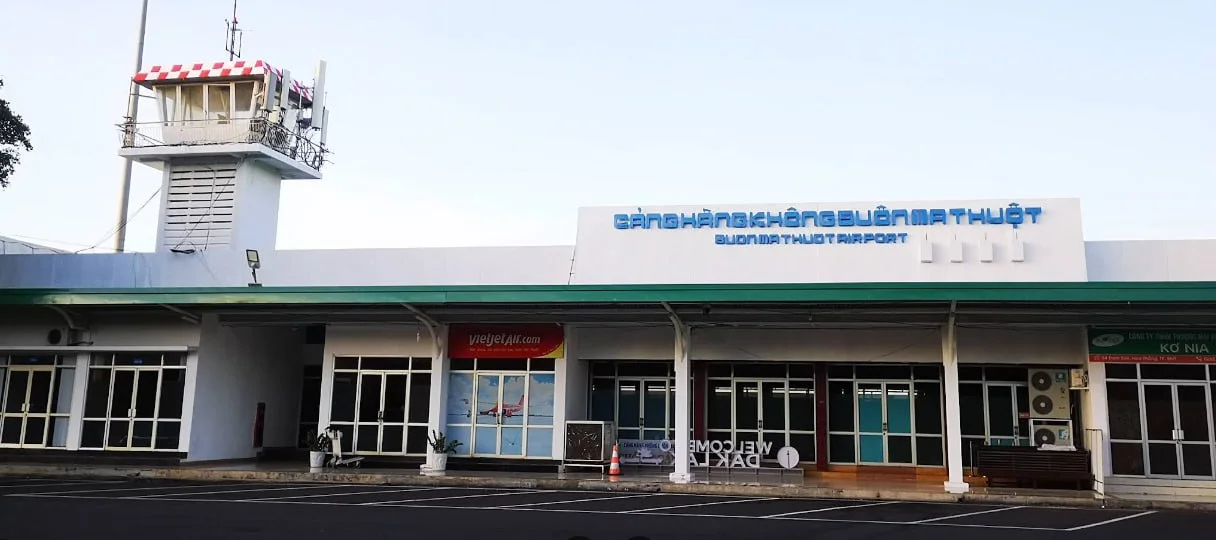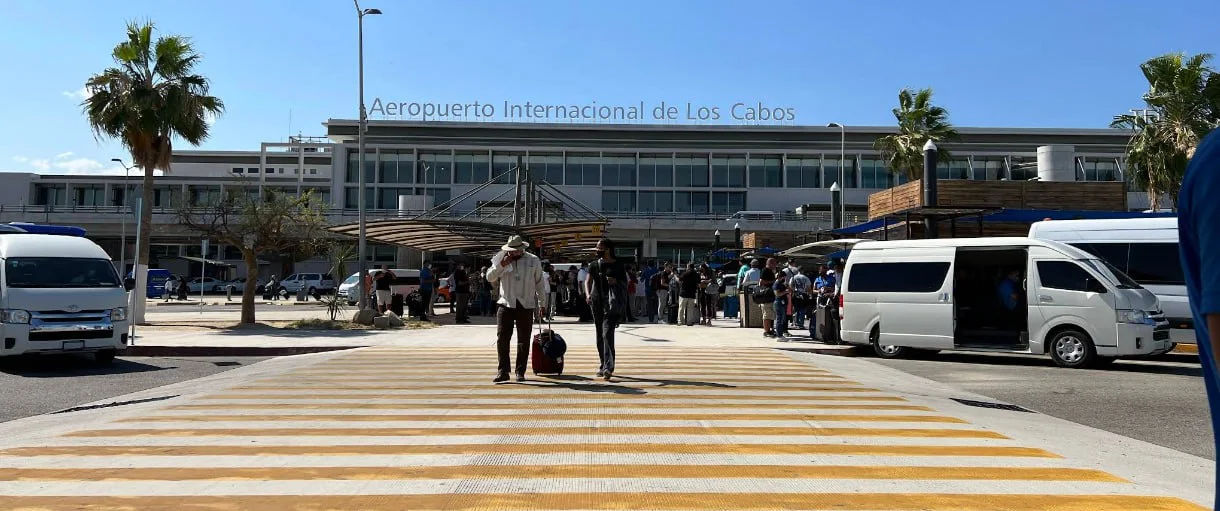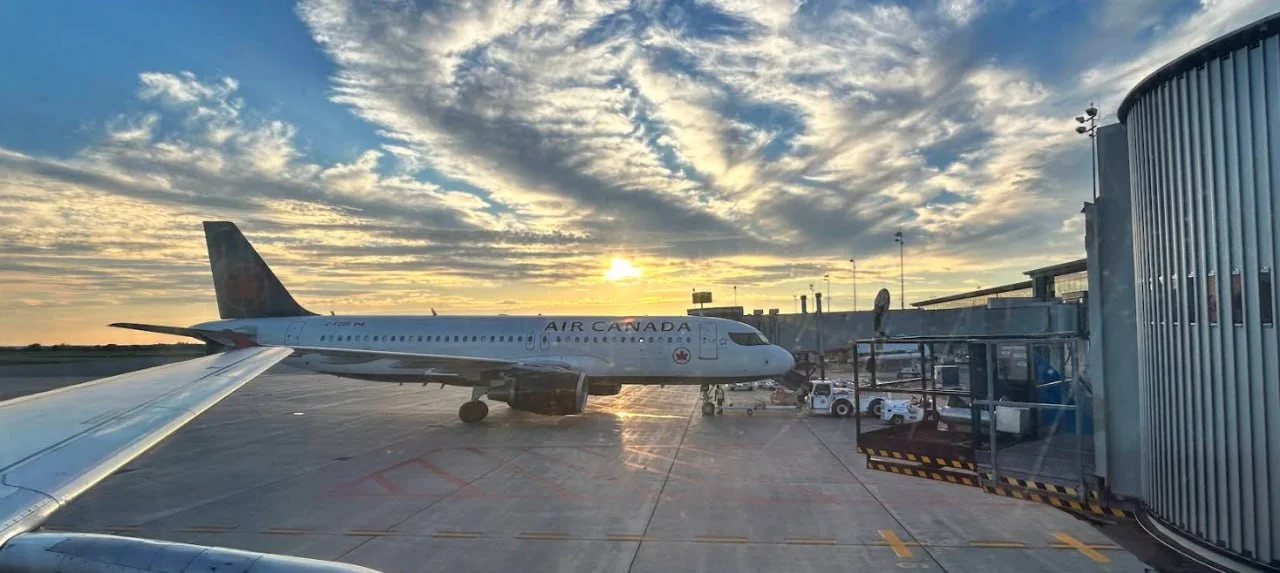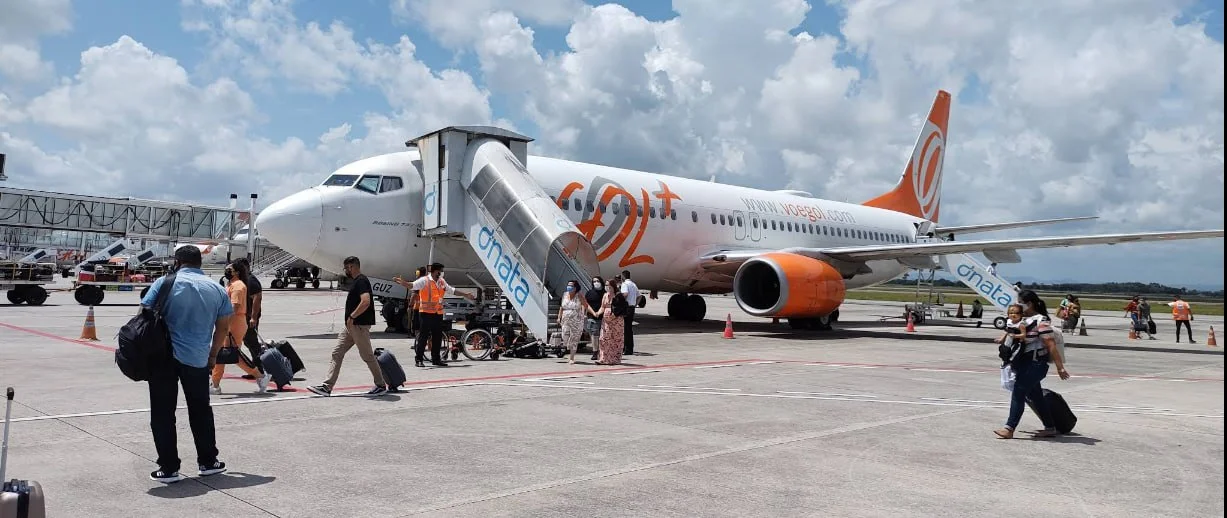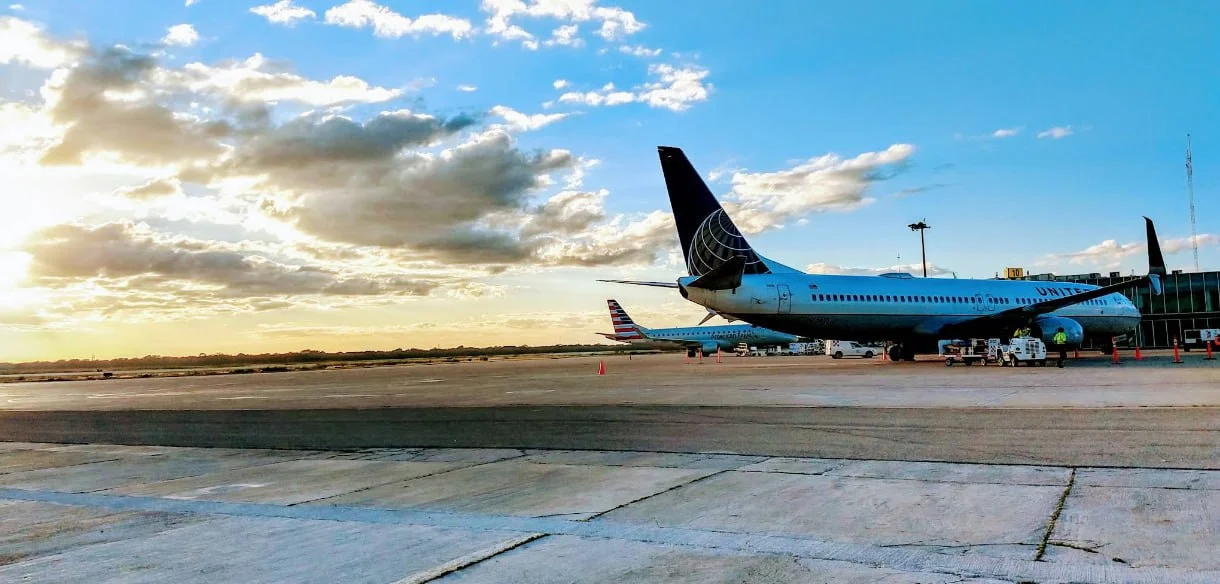Cologne Bonn Airport (CGN): Gateway to North Rhine-Westphalia
Location and Transportation:
- Cologne Bonn Airport is located approximately 15 kilometers (9.3 miles) southeast of Cologne's city center.
- The airport is accessible by various modes of transportation, including buses, taxis, and airport shuttles.
- Car rental services are available for travelers seeking independent exploration of Cologne and nearby areas.
Facts and Figures:
- Opened in 1970, CGN is one of the busiest airports in Germany, serving millions of passengers annually.
- The airport connects Cologne to various domestic and international destinations, making it a key travel hub in the region.
- It serves as a base for several low-cost carriers, ensuring affordable travel options for passengers.
Unique Features:
- Cologne Bonn Airport offers a range of amenities, including:
- Duty-free shops with a variety of global and local products
- Restaurants, cafes, and lounges
- Convenient parking options and valet services
Exploring Beyond the Airport:
- Cologne is renowned for its stunning Cologne Cathedral (Kölner Dom), vibrant culture, and rich history.
- The airport’s proximity to cities like Bonn, Düsseldorf, and Cologne’s vibrant Old Town makes it an ideal gateway for exploring the region.
- Visitors can easily travel between Cologne’s top attractions and other destinations with reliable Airport taxis available for a smooth journey.
Additional Information:
- Cologne Bonn Airport handles millions of passengers each year and offers a variety of flight options to meet traveler needs.
- The airport is committed to sustainability and works to minimize its environmental impact.
- Cologne Bonn Airport ensures a comfortable and efficient travel experience for both business and leisure travelers.






























